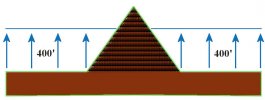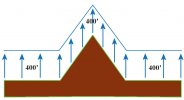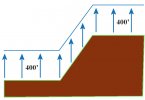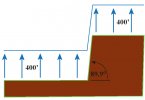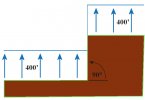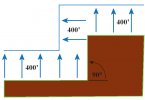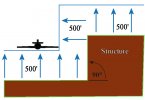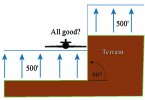Of course, during landing/takeoff or in an emergency you can do whatever is necessary.An example is landing; [...] you go as low as needed to ensure a safe landing.
Yes, that's the way it's worded in your regulations. But why?A tree is not a person, vessel, vehicle, or structure. Nor is a natural rock pile.
If I'm flying low in my manned aircraft and I spot a pile of rocks in my path, I'm not going to waste time trying to decide whether it's a "natural rock pile" or a man-made rock pile. I'm going to manoeuvre to avoid any rock pile, regardless of whether it's natural or a man-made "structure".
Even if the regs only require you to avoid man-made rock piles (structures), it's still not a good idea to buzz natural rock piles at low altitude.
Besides, your argument only increases my confusion.
There is no minimum altitude AGL for manned aircraft operating over water or sparsely populated areas, and yet drones are permitted to fly up to 400' in those areas. Where's the airspace separation in this? Unmanned aircraft are simply trusted to get the **** outta the way whenever there's a chance of conflict.
Okay, so what about built up areas? There, manned aircraft are required to stay 500' away from structures. So doesn't that mean this vacant space over and around structures is even more safely empty and available to drones, compared to sparsely populated areas or over water?
If I'm standing on the rooftop patio of our 400+' tall apartment building, with unobstructed sightlines in all directions, confident in the knowledge that no manned aircraft is allowed to come within 500' of me (helicopters excepted), why can't I launch my recreational drone from here? Because the requlations say you can't ever fly higher than 400' AGL, measured from the ground.
That's what it says, but it makes no sense. No recreational pilots, only Part 107 pilots can launch from that rooftop.




